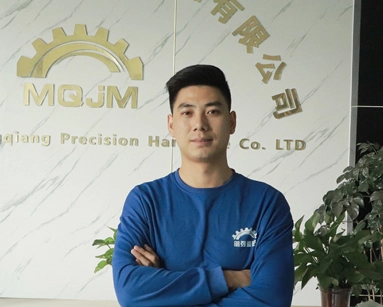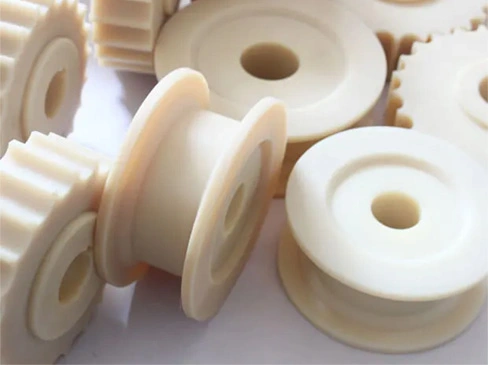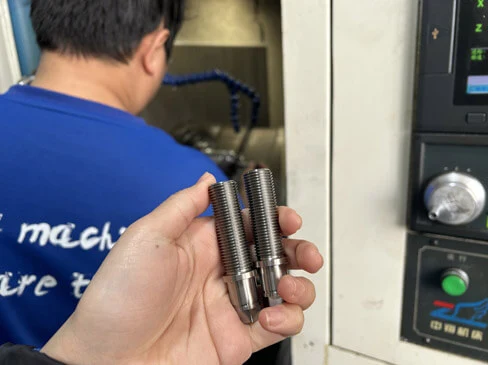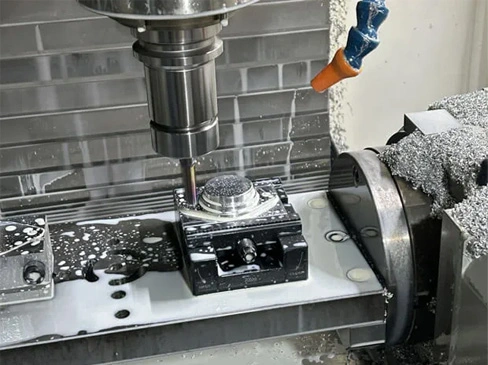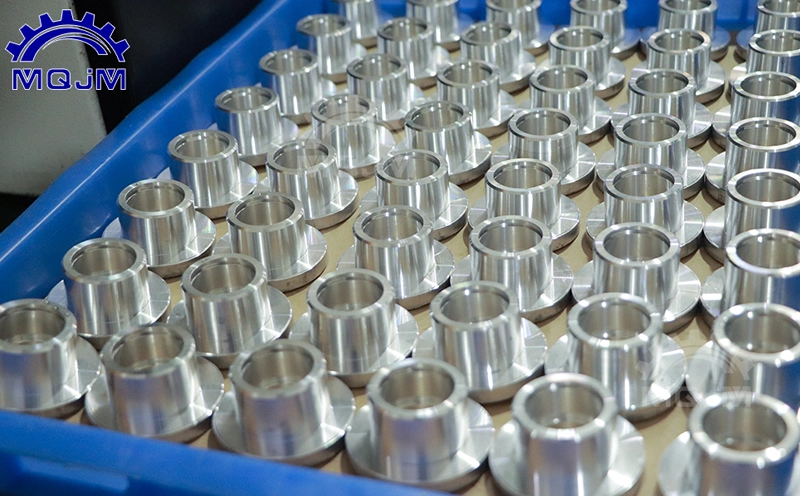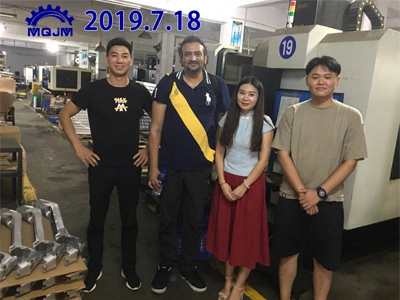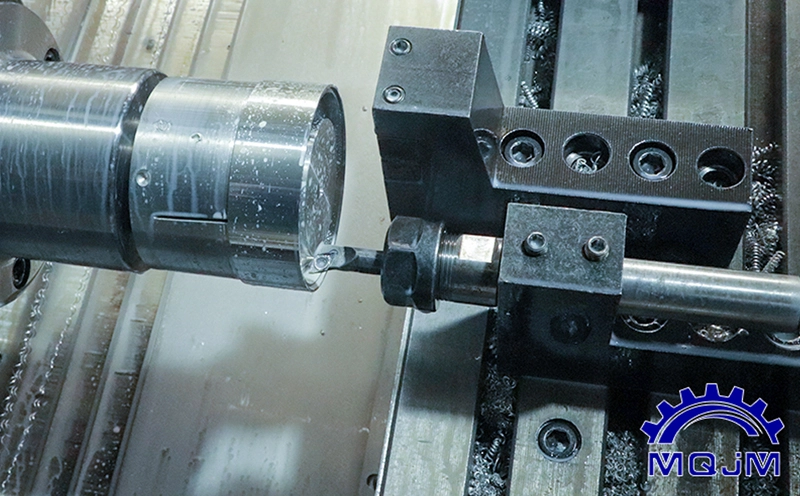
In the realm of precision manufacturing, aluminum is a favored material due to its lightweight properties and excellent machinability. However, when it comes to CNC milling of thin-walled aluminum parts, deformation can pose significant challenges. At MQJM, we understand the intricacies involved in producing high-quality, dimensionally accurate components. Our expertise in advanced custom CNC milling services ensures that even the most delicate aluminum parts maintain their structural integrity. In this article, we will explore various strategies and best practices employed by MQJM to minimize deformation during the CNC milling of thin-walled aluminum parts, ensuring optimal performance and reliability in your final products.
1. Selecting Suitable Materials
Material Choice: Choose aluminum alloys with lower deformation and higher hardness, such as 6061 or 7075. These materials have good mechanical properties that can reduce deformation during processing.
2. Optimizing Workpiece Design
Adding Ribs or Reinforcements: When designing thin-walled workpieces, add ribs or reinforcements at critical locations to increase structural rigidity and reduce the likelihood of deformation.
Avoiding Excessive Lengths and Thin Structures**: Avoid designing excessively long or thin structures, which can reduce the risk of stress concentration and deformation during processing.
3. Proper Clamping and Support
Using Soft or Custom Fixtures: Soft or custom fixtures can provide uniform clamping force, avoiding excessive localized clamping forces that could deform the workpiece.
Auxiliary Support: Use auxiliary supports during processing to effectively support thin-walled areas, reducing vibration and deformation. For example, use clamps, support rods, or plates.

4. Reasonable Cutting Parameters
Small Cutting Depth and Feed: Choose smaller cutting depths and feed rates to reduce cutting forces, thereby minimizing deformation.
Appropriate Tool Geometry: Select appropriate tool geometries (such as tool rake angle, relief angle, and cutting edge angles) to effectively reduce cutting forces and temperatures, decreasing the likelihood of workpiece deformation.
Cutting Speed: Choose a suitable cutting speed that balances processing efficiency and controls cutting temperatures to minimize thermal deformation.
5. Processing Sequence
Gradual Material Removal: Start with rough machining to remove most of the material, followed by semi-finish and finish machining. Gradual material removal can reduce the impact of internal stresses and minimize deformation.
Symmetrical Machining: Employ symmetrical machining methods to remove material evenly and avoid stress concentration and deformation due to uneven material removal. For example, machine one side of the workpiece first, then the other, maintaining symmetry.
6. Heat Treatment
Preheat Treatment: Preheat the workpiece uniformly before processing to release internal stresses in the material and reduce deformation.
Intermittent Annealing: Perform intermittent annealing during processing to further release internal stresses and minimize deformation risks.
Final Heat Treatment: Conduct final heat treatment after processing to further stabilize the workpiece dimensions and shape, reducing deformation.

7. Use of Coolants
Coolant Usage: Appropriately use coolants during processing to effectively lower cutting temperatures and improve processing stability. Select suitable coolant types (such as emulsions or cutting oils) and application methods (such as spray or immersion).
8. Monitoring and Adjustment
Real-time Monitoring: Continuously monitor the workpiece deformation during processing and make timely adjustments. For example, use online measuring devices (such as coordinate measuring machines or laser rangefinders) to check the workpiece shape and dimensions and correct deformation promptly.
Process Adjustment: Adjust processing parameters (such as cutting depth and feed rate) based on monitoring results to prevent workpiece deformation.
9. Springback Correction
Reverse Stress Correction: Apply reverse stress to the processed workpiece to correct deformation that occurred during machining. For instance, use mechanical correction equipment (such as hydraulic presses or straightening machines) for reverse stress correction.
Mechanical Correction: Mechanically correct the workpiece (e.g., by manual tapping or mechanical flattening) to restore the design shape and dimensions.

By employing these detailed methods and techniques, deformation in aluminum CNC milling of thin-walled parts can be effectively minimized, improving processing quality and precision. If you have specific workpieces and processing conditions, these methods can be further customized to achieve better results.






